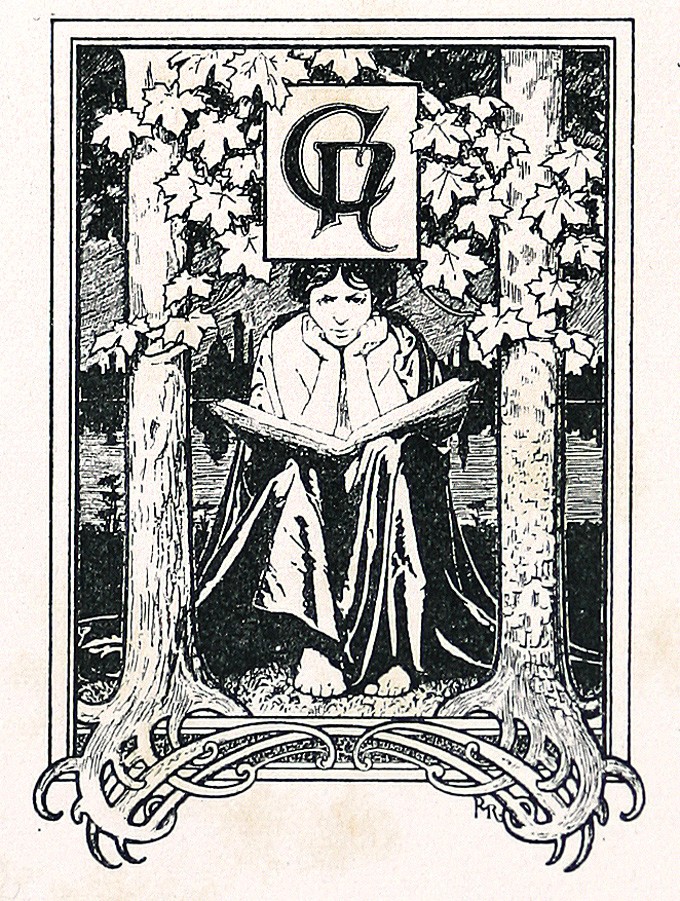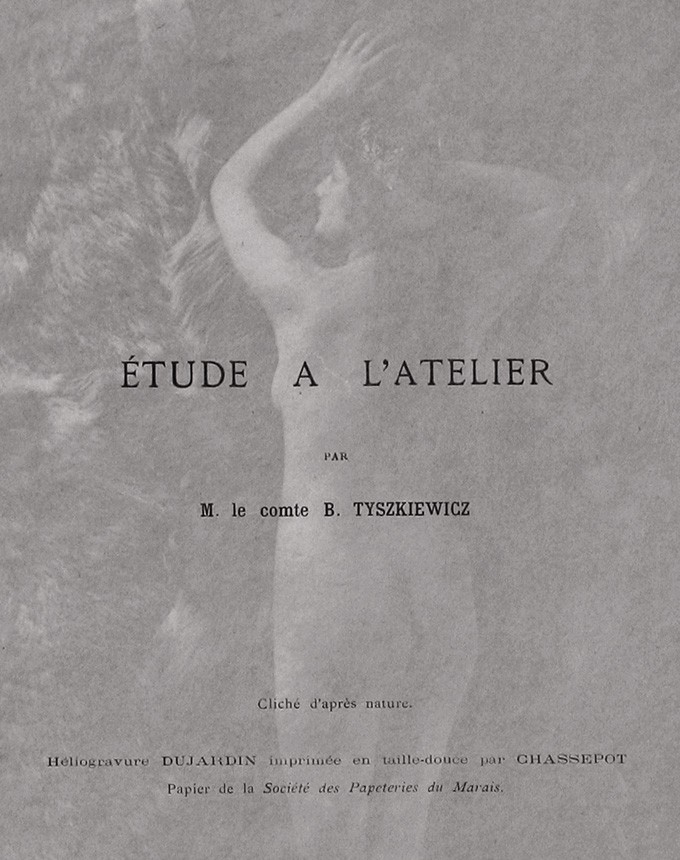In France, prior to taking on the complex task of publishing the journal L’Art Photographique, (The Photographic Art) first appearing in July, 1899, Georges Carré and C. Naud in Paris had made a reputation for publishing volumes dealing in scientific, medical, as well as photographic subjects. Their journal the Photo-Gazette under the editorship of Georges Mareschal was the best known.

Paris publishers Georges Carré and C. Naud intended to showcase photography on the cover of L’Art Photographique but settled for the tried and true in the form of artwork and typography done by Czech Art Nouveau painter Alphonse Mucha instead.
With the committed goal of keeping the relevance of photographic art before the public eye and with the backing of France’s elite photographic body in the form of The Photo Club de Paris, Carré and Naud under the leadership of Mareschal set about contracting with multiple printing ateliers throughout the country (1.) in order to showcase work produced by the club’s members.

Carrying the imprint of Spécimen stamped in blue ink, this plate with the title “Automne” by French photographer Robert Demachy was eventually included with the October, 1899 issue of the journal. Without knowing any specific details, it may have been used as a working production publisher’s plate at the outset to publication or even one to solicit potential subscribers for it.
Certainly with Franz Goerke’s Die Kunst in der Photographie journal in Germany serving as a model beginning only two years earlier in 1897, the publishers believed bigger was better, (46.0 x 34.0 cm) and the task of presenting French work (2.) as reproduction plates in the original size the photographer intended was the stated goal from the outset. Everything about this photographic magazine is admirable, and for France, this evolution would break new ground as the first monthly photographic publication solely devoted to the image itself. Looking back, it is also an important historical record of the cutting-edge, French photographic engraving being produced at this time. The photographic plates included with it are printed in the finest hand-pulled photogravure, collotype, (photocollographie) and single and multiple-color halftone. (similigravure) These in turn are printed, often by a separate atelier, on a variety of French papers running the gamut from hand-made plate paper to traditional examples of thick coated stock. To satisfy the photographic purist, technical details for the images are often supplied on the accompanying plate tissue-guards. So in a word, revolutionary.

This Art Nouveau, publishers imprint ( 6.5 x 4.7 cm ) woodcut for Georges Carré and C. Naud by the French artist P. Ruty appears on the title page to the bound, collected volume of L’Art Photographique in our archive.
In the mission statement laid out by editor Georges Mareschal in the first issue, he explains the admirable intention of employing the cover itself to showcase a photograph. But because of logistical problems not revealed, (3.) the talents of Czech Art Nouveau painter Alphonse Mucha were employed in 1899 to design its cover used consistently over the one year run ending in June, 1900.

This detail of a tissue-guard for the plate “Étude a L’Atelier” by Polish photographer Count Aleksander von Tyszkiewicz, (working in Paris) is an example of engraving and technical specifics for work included in the journal. It was included in the September, 1899 issue.
At PhotoSeed, we are excited to be able to present all 48 photographs from L’Art Photographique in their order of publication beginning here.
Notes:
1. Nine in France and the long established firm of Jean Malveaux in Brussels.
2. Although several examples from Argentina, Belgium, England and a Polish photographer working in Paris are included.
3. My own conjecture on this surmises the publishers felt an over-sized magazine needed to be “shown off” better-especially with the resources being devoted to its production, and there was certainly no better way to do this than to employ a cover “poster effect” in the form of a full-color lithograph by Mucha.



